Floral pattern on textiles & other media in the 17th century at first followed the style of book decoration, with single naturalistically drawn flowering plants arranged in rows, or set singly in niche for wall-hangings and prayer carpets.
Patterns derived from plants and flowers have been used in India for centuries. Lotus flowers and floral meanders are seen in Buddhist sites dating from the third century BC, and the famous fifth-century wall-paintings at Ajanta use floral designs extensively as filler patterns around scenes of royal life and nature. In spite of this, flower and plant forms were rarely used for textile patterning, the subjest of this book, until the beginning of the Sultanate period in the twelth century, when Islamic culture started to influence Indian art and design. As Islam became more dominant in north India, so floral patterns became more widespread, but it is from the seventeenth century onwards, under the Mughal dynasty, that flower and leaf forms become inextricably linked with Indian textile design. This is partly due to the personal taste of the Emperor Jahangir(ruled 1605-27), who had a great love of nature and was very interested in capturing plants and animals on paper. He loved to travel to Kashmir in the spring, and he commanded his court artist Mansur to paint all the beautiful flowers he saw there.
This enthusiasm for flowers was given an additional dimension by European prints and books, including herbals, which had made their way to the Mughal court by the early seventeenth century. These naturalistic depictions of flowers were influential, and flowers that draw on European herbal illustrations appear in Mughal album borders from about 1620 onwards.

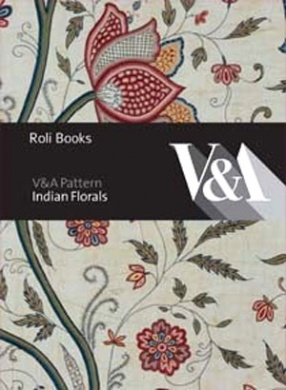
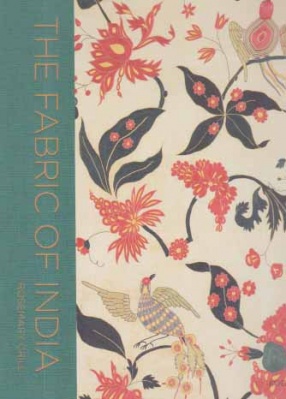
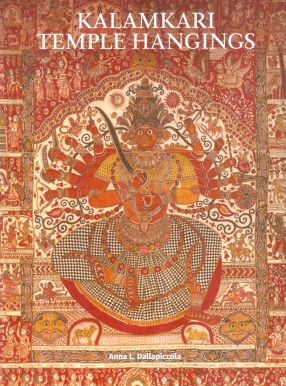
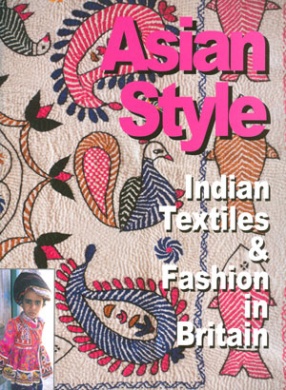


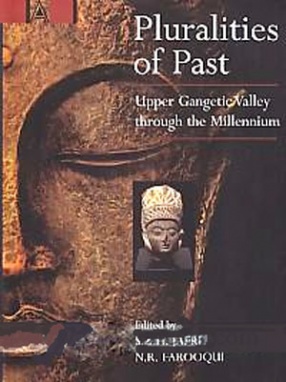
There are no reviews yet.